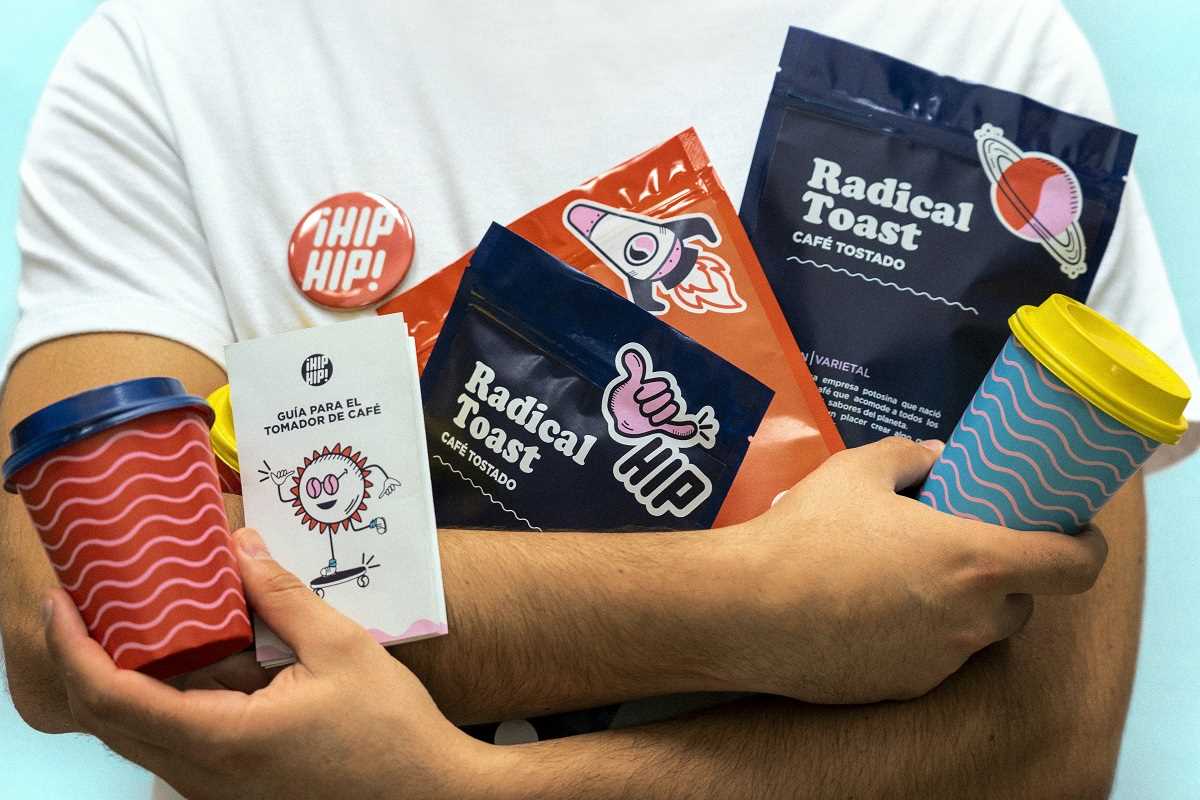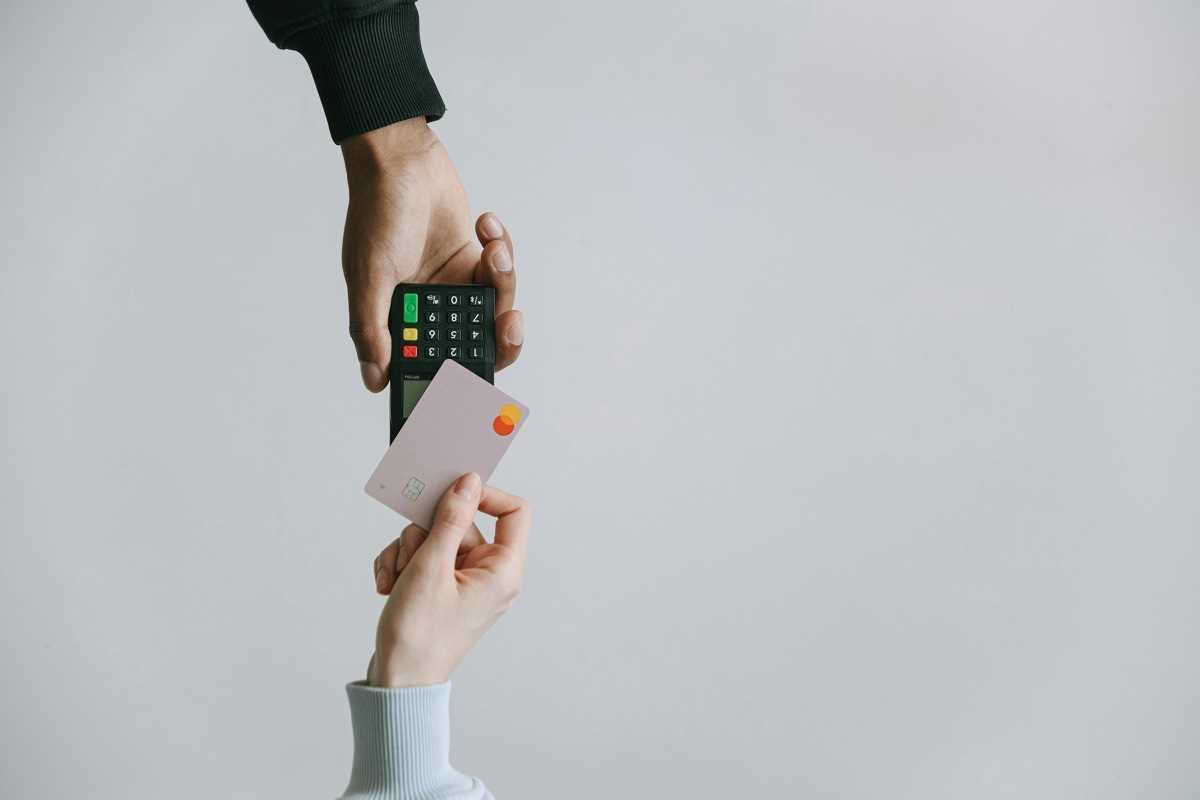Gone are the days when making a living as a creative was seen as a long shot. Thanks to the rise of the creator economy, turning passions into profitable ventures is no longer the exception—it’s becoming the rule. What’s better? This new economy isn’t just shaking up traditional business models; it’s rewriting the entire playbook. From TikTok dances to long-form YouTube videos, creators are flipping the script and showing companies that content and community are king. But what exactly is the creator economy, and why should businesses pay attention? Let's break it down.
What is the Creator Economy?
At its core, the creator economy is built around individuals (creators) who produce content and monetize it directly through platforms, their audiences, or brands. Think of YouTubers vlogging their lives, Instagram influencers promoting skincare, or TikTokers teaching dance routines. Today’s platforms provide the tools for creators to directly engage with fans and, in turn, make money through ads, sponsorships, subscriptions, and even merch sales.
What sets this apart from traditional media is that creators don’t need a massive Hollywood budget or a prime-time slot to succeed. All it takes? A smartphone, an internet connection, and a hefty dose of personality. Oh, and consistency—that’s non-negotiable.
The Numbers Don’t Lie
The creator economy is big—like really big. Reports estimate that it’s worth over $100 billion globally and growing. With 50 million people worldwide identifying as content creators, this isn’t a niche—it’s a powerhouse. Platforms like YouTube, TikTok, and Instagram have leveled the playing field, giving rise to a career path that barely existed a decade ago.
But here’s the kicker—many creators aren’t just making decent money; they’re raking it in. You only have to look at someone like MrBeast (YouTube’s mega-star) who allegedly made $54 million in 2021 alone. Or Charli D’Amelio on TikTok, whose brand deals with companies like Dunkin’ have catapulted her net worth to millions. From beauty gurus to gaming streamers, creators are not just influencers anymore—they’re entrepreneurs in their own right.
Reshaping Business Models
The creator economy is a game changer because it’s moving away from the traditional middleman model. Creators today are more than just entertainers—they’re business owners. They often serve as content producers, marketers, and brand ambassadors rolled into one. That changes everything.
1. Direct-to-Consumer Sales
Why go through traditional retail channels when creators can sell directly to their audience? Platforms like Instagram and TikTok have integrated shopping features, allowing creators to turn their followers into customers in just a few clicks. Whether it’s a fitness influencer launching an e-book or an artist selling exclusive digital wallpapers, creators are streamlining the process.
A great example is Emma Chamberlain, a YouTube creator who turned her passion for coffee into a legit business with her brand, Chamberlain Coffee. She’s not just slapping her name on a product—she’s building an empire, all while maintaining her quirky online presence.
2. Subscription Models
Who needs traditional media when fans are willing to pay for exclusive content? Platforms like Patreon, YouTube Memberships, and OnlyFans (yes, OnlyFans) have made it easy for creators to offer behind-the-scenes content, limited-edition merch, or even personal interactions for a monthly fee. This recurring revenue stream provides creators with financial stability and keeps their most loyal fans happy.
Take a look at fitness YouTuber Chloe Ting. While her workout challenges are free, she also uses subscription models to provide premium content and gear to her massive fanbase. It’s a win-win.
3. Brand Partnerships
Brand partnerships remain a goldmine in the creator economy. Companies now realize that creators often have dedicated, engaged audiences that traditional ads struggle to capture. What does this mean? Brands are more eager than ever to partner with creators for authentic, integrated campaigns.
For example, Addison Rae’s partnership with American Eagle or Ryan’s World teaming up with toy manufacturers show how major brands are leaning heavily into this space. Why? Because creators’ recommendations hold a level of trust that typical ads can’t replicate.
Opportunities for Businesses
The creator economy doesn’t just benefit creators—it’s a playground for forward-thinking businesses too. For brands willing to jump in, the potential is enormous. Here are a few ways businesses can leverage this creator-driven ecosystem:
1. Targeted Marketing
Creators know their audiences better than anyone else. They engage with their followers daily, responding to comments and staying on top of what resonates. This isn’t broad, untargeted advertising; it’s micro-targeted to a niche audience. Whether it’s a beauty vlogger promoting a makeup line or a gamer hyping up a new console, businesses can tap into creators’ influence to reach highly specific demographics.
2. Co-Created Products
Gone are the days when influencer marketing meant simply posting a product photo. Now, smart brands collaborate with creators to co-design products that directly appeal to their audiences. Famous examples include YouTuber Jeffree Star’s makeup collabs or the D’Amelio family’s partnership with Hollister to launch their clothing line.
When creators have a hand in the product’s development, the final result feels authentic—because it is. Bonus? Fans are way more likely to buy something their favorite creator helped design.
3. Creator-Led Campaigns
What’s better than a slick marketing campaign? One that feels organic. Brands are increasingly giving creators more control over how they promote products, leading to campaigns that feel less like ads and more like recommendations from a friend. The “ad fatigue” of yesteryear is giving way to marketing that’s more engaging, creative, and, frankly, entertaining.
For instance, TikTok challenges (like the viral “Pasta Chips” trend sponsored by Goldfish) show what happens when creators are handed the reins.
4. Content Licensing Deals
Here’s a fun one—businesses are licensing content created by influencers for their own use. It’s not uncommon now to see Instagram or TikTok videos repackaged into TV commercials or used as part of broader marketing campaigns. This allows brands to harness authentic content without needing to create it themselves.
What Lies Ahead
The future of the creator economy is brighter than your iPhone screen at 2 a.m. For one, new technologies are opening up even more ways for creators to monetize their content. Think NFTs, virtual reality experiences, or even blockchain-backed royalties. Imagine influencers turning their most viral moments into digital collectibles for fans to buy and own.
At the same time, brands will continue to prioritize relationships with creators. We’ll likely see more formalized partnerships, where creators aren’t just promoting products—they’re shaping brand identities. Businesses that recognize creators as business partners, not just promotional tools, will flourish in this landscape.
But it’s not just for mega-creators or household names anymore. The beauty of the creator economy is its inclusivity. Micro and nano influencers (those with smaller but highly engaged audiences) are proving to be just as impactful for niche marketing efforts. There’s room at the table for everyone.
Platforms like YouTube, TikTok, and Instagram have put the power of creativity, entrepreneurship, and influence into the hands of millions of people.
For businesses, it’s not just about keeping up with the trend—it’s about leaning in and evolving with this new wave of creator-driven commerce. Partner with creators, invest in authentic storytelling, and be a part of the community instead of just selling to it.
Creativity has always been powerful, but thanks to the creator economy, it’s now just as profitable. And honestly, isn’t that the dream?
 (Image via
(Image via





